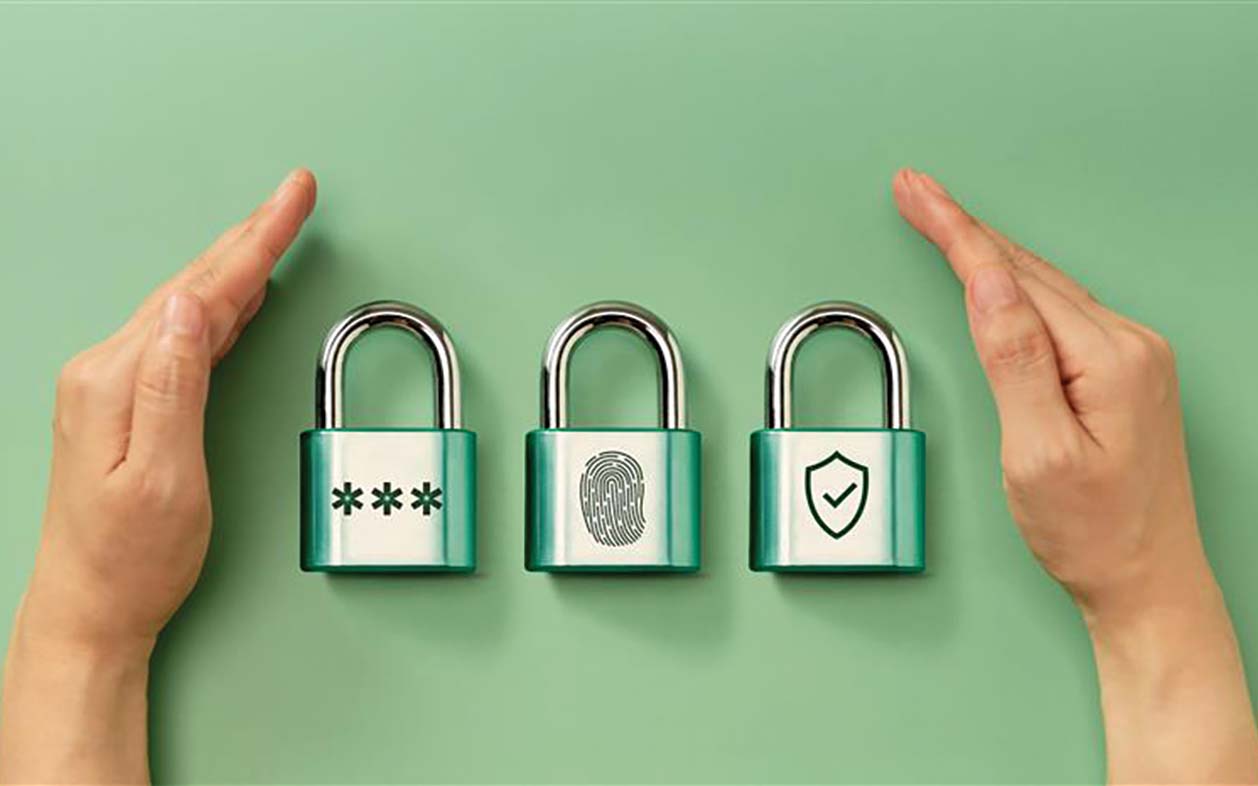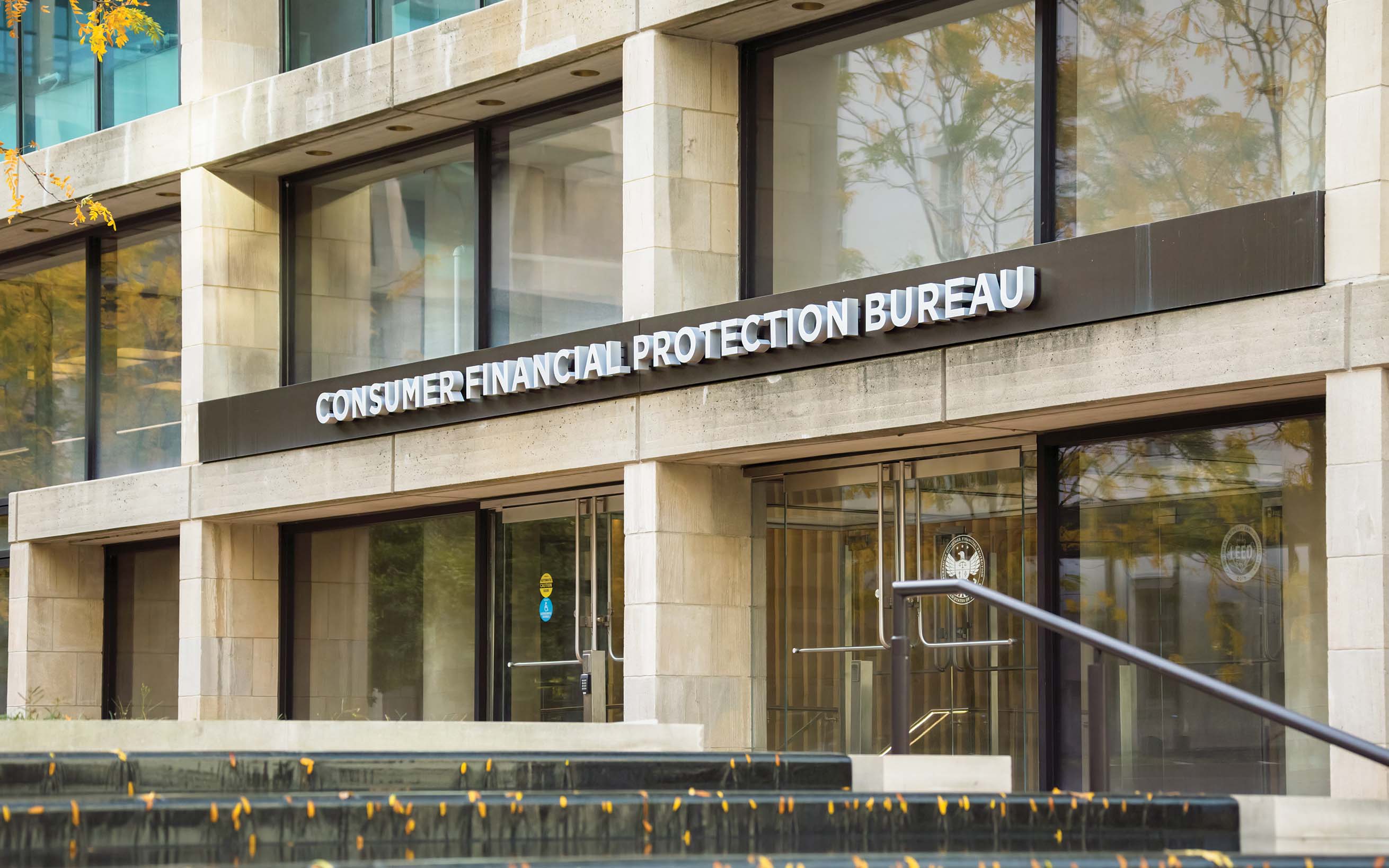Elder financial abuse is a rising crime across the country. Using technology, community bankers can help detect this type of fraud and protect their customers.
Tech Solutions That Can Help Stop Elder Fraud
October 18, 2023 / By Judith Sears
Elder financial abuse is a rising crime across the country. Using technology, community bankers can help detect this type of fraud and protect their customers.
The front-line staff at $999 million-asset Pioneer Bank in Roswell, N.M., took notice when a customer with a very low bank balance suddenly deposited a very large check, withdrew a few thousand dollars and then came into the branch to wire a large amount to a cryptocurrency house. The branch notified the compliance department, and Lanie Smith, VP, BSA/compliance officer, began digging deeper.
Smith’s research revealed a complex fraud scheme with the main victim being an elderly widower in another state. He’d become acquainted online with Pioneer Bank’s customer, who also was being manipulated. “[The widower] had no family, few friends and no one was checking on him,” Smith recalls.
Quick Stat
84%
The rise in elder fraud from 2021 to 2022
Source: FBI Internet Crime Complaint Center
Pioneer Bank was able to return the funds to the intended victim. Smith also filed a report with Adult Protective Services, a nationwide social services program that investigates cases of abuse, neglect or exploitation. “My concern was that he wrote an $81,000 check to a woman he’s never going to meet,” Smith says. “I knew he needed help.”
This incident is typical of elder fraud: A socially isolated individual, 60 years of age or older, is manipulated perhaps by a stranger, but even more often by someone they know.
“Analytics can save hours of detection. Machine learning that builds a profile of the person can prevent patterns of exploitation.”—Jilenne Gunther, AARP
Estimates of the amount of fraud annually vary widely, from the FBI’s $3.1 billion to AARP’s $28.3 billion. However, everyone agrees that elder fraud is on the rise, with the FBI’s IC3 2022 report showing the crime soaring 84% from 2021 to 2022.
Blending tech and training
Community banks are positioned to be a frontline defense against elder fraud if they can combine trained and alert staff with effective technology that can detect and deter fraud.
Technological developments in machine learning and AI build a better picture of what’s normal for an account holder, providing indispensable fraud detection while saving time. “Analytics can save hours of detection. Machine learning that builds a profile of the person can prevent patterns of exploitation,” explains Jilenne Gunther, national director of BankSafe, an online training program on elder exploitation from AARP that’s made for frontline employees of financial institutions.
All AML platforms involve transaction monitoring, which is usually customizable. Pioneer Bank, for example, uses Fiserv’s AML. “We have a sophisticated system that shows expected activity on an account,” Smith says. The Fiserv system can configure accounts for signers over 70 to generate alerts when unusual activity occurs.
Terri Luttrell, compliance and engagement director for Abrigo, a software firm providing compliance, credit risk and lending solutions, urges banks to look for solutions that specifically target elder fraud.
“Fraud is fraud, but for elders, the technology should be looking at the patterns of the elderly,” she says. “Fraud detection should spot red flags such as early CD withdrawals, wire activity or unusual retail purchases.” As an example, Abrigo’s BAM+ transaction monitoring software can set scenarios by age, adjusting alert parameters appropriately.
Spotting patterns gives bankers a potent weapon. “BSA officers look for the transaction that’s wrong. We believe you have to look for behavior that changes over time,” says Todd Rovak, cofounder and CEO of Carefull, which provides AI-powered monitoring of fraud, senior-specific scams and financial mistakes made by older adults.
It’s not always a stranger
Looking at long-term changes can be especially useful in identifying what is sometimes called “familiar fraud,” or fraud perpetrated by a trusted caregiver or a relative.
“People are focused on the texts or emails that we’re all getting, but it’s the systematic $10,000-a-month account withdrawal for two years that can be so devastating,” Rovak says. “Only one in 44 of those gets reported to police, because you don’t report your family.”
Bankers can help elders by educating them and/or their caregivers in technology. “Knowing your customer is always the biggest priority for community banks,” says Evan Richards, senior policy and political strategist for the Maryland Bankers Association. “Working with someone who is not as familiar with technology is an important way to build trust.”
Well-trained staff, as Pioneer Bank proved, can prevent fraud. Smith reports that the bank requires its staff to take ICBA’s online Elder Financial Abuse training annually. “Our staff is very aware, and I feel like they do a very good job of detecting it at the front line,” she says.
Elder fraud resources
Learn more about ICBA’s Elder Financial Abuse training at icba.org/educationseries, launching soon.
Simple delay can be a powerful tool to thwart fraud. “When somebody is being exploited, the perpetrator is using fear,” explains AARP’s Gunther. AARP’s BankSafe program trains participants in how to ask questions that help the customer think through their transaction.
“You want to maintain trust with the customer and ask questions in a way that the potential fraud becomes more apparent, and the customer realizes something is amiss on their own,” Gunther says.
Rovak points out that their commitment to defeating elder fraud can differentiate community banks. “This is a huge issue. Community banks are running on trust and relationships. Here’s how you make good on that before they walk into the bank with a crisis.”
Subscribe now
Sign up for the Independent Banker newsletter to receive twice-monthly emails about new issues and must-read content you might have missed.
Sponsored Content
Featured Webinars
Join ICBA Community
Interested in discussing this and other topics? Network with and learn from your peers with the app designed for community bankers.
Subscribe Today
Sign up for Independent Banker eNews to receive twice-monthly emails that alert you when a new issue drops and highlight must-read content you might have missed.
News Watch Today

Join the Conversation with ICBA Community
ICBA Community is an online platform led by community bankers to foster connections, collaborations, and discussions on industry news, best practices, and regulations, while promoting networking, mentorship, and member feedback to guide future initiatives.













